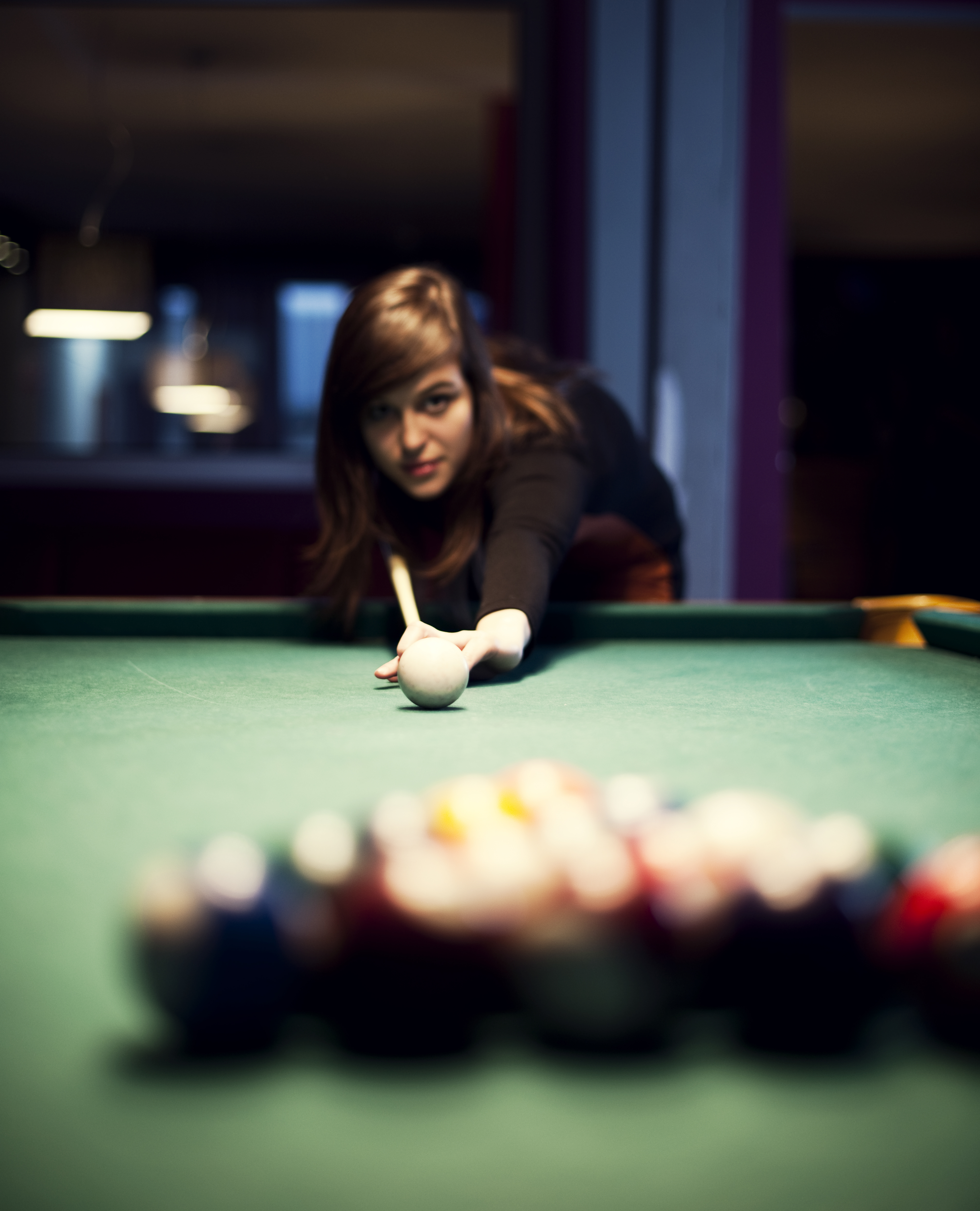When it comes to maintaining your pool table, one of the most important aspects to consider is the condition of the felt. Re-felting your pool table not only improves its aesthetic appeal but also enhances the quality of play. This guide will delve into the various aspects of re-felting, focusing on the costs involved and the process itself. By the end of part one, you'll have a solid understanding of what to expect and how to prepare for re-felting your pool table.

What is Pool Table Felt?
Pool table felt, often referred to as billiard cloth, is a specific type of fabric designed to cover the playing surface of a pool table. It is typically made from a blend of wool and nylon, providing the perfect balance of durability and smoothness for optimal gameplay. Over time, this fabric can wear out, becoming less effective and aesthetically pleasing, necessitating replacement.
Why is Refelting Important?
The felt on your pool table plays a crucial role in determining the quality of your game. A worn-out felt can affect the ball's roll, making gameplay unpredictable and less enjoyable. Regularly replacing the felt ensures a consistent playing experience, maintaining the table's performance and appearance. Additionally, re-felting can be an opportunity to choose a new color or fabric type, allowing for a personalized touch.
Signs That Your Pool Table Needs New Felt
It's essential to recognize when your pool table felt needs replacing. Common signs include visible wear and tear, such as fraying or bald spots, stains that cannot be cleaned, and a noticeable decrease in the quality of play. If the ball doesn't roll smoothly or the felt feels rough to the touch, it's time to consider re-felting.
The Cost of Re-Felting a Pool Table
Factors Influencing the Cost
The cost of re-felting a pool table can vary widely based on several factors. These include the size of the table, the type of felt chosen, and whether you opt for professional installation or a DIY approach. Understanding these variables can help you budget effectively and ensure you get the best value for your money.
Size of the Pool Table
The size of your pool table is one of the primary factors affecting the cost of re-felting. Standard pool tables come in various sizes, typically ranging from 7 to 9 feet. Larger tables require more felt, increasing the overall cost. On average, you can expect to spend more on re-felting a larger table due to the increased material and labor required.
Type of Felt
The type of felt you choose can significantly impact the cost. There are generally two categories of pool table felt: woolen and worsted. Woolen felt is more common and affordable, while worsted felt, used in professional settings, is smoother and more durable but comes at a higher price point. Additionally, branded or high-quality felt options can further increase the cost.
Professional Installation vs. DIY
Deciding whether to hire a professional or take a DIY approach to re-felting can also influence the overall cost. Professional installation typically ensures a higher quality finish and can save you time and effort, but it comes at a higher price. DIY re-felting can be more cost-effective if you have the necessary skills and tools, but it requires a significant time investment and precision.
Average Costs
To give you a general idea, the average cost of re-felting a pool table ranges from $300 to $600 for professional installation. This estimate includes the cost of the felt and labor. For those opting for a DIY approach, the cost of the felt alone can range from $50 to $300, depending on the type and quality chosen. Additional expenses may include tools and materials required for the installation process.
Preparing for Pool Table Refelting
Choosing the Right Felt
Selecting the right felt is crucial for both the performance and longevity of your pool table. Consider factors such as fabric type, durability, and color when making your choice. Research different brands and read reviews to ensure you're getting a high-quality product that meets your needs and budget.
Fabric Type and Durability
As mentioned earlier, pool table felt comes in two main types: woolen and worsted. Woolen felt is thicker and provides a slower playing surface, making it suitable for casual play. Worsted felt, on the other hand, is thinner and offers a faster, smoother surface, ideal for professional or competitive play. Assess your playing style and preferences to determine which type of felt is best for you.
Color and Aesthetic Appeal
While green is the traditional color for pool table felt, modern options come in a variety of hues. Choosing a color that complements your decor can enhance the overall look of your game room. Keep in mind that lighter colors may show stains and wear more easily, while darker colors can mask these issues.
Gathering Necessary Tools and Materials
If you decide to re-felt your pool table yourself, it's essential to gather all the necessary tools and materials before starting the project. Common tools include a staple remover, a staple gun, a flathead screwdriver, and a utility knife. Additionally, you'll need adhesive spray, a brush, and a measuring tape. Having everything on hand will make the process smoother and more efficient.
Conclusion
Re-felting your pool table a worthwhile investment that can enhance both its appearance and functionality. By understanding the basics, costs, and preparation involved, you're well on your way to successfully re-felting your table. In part two, we'll dive deeper into the step-by-step process of re-felting, providing detailed instructions to help you achieve professional results.





